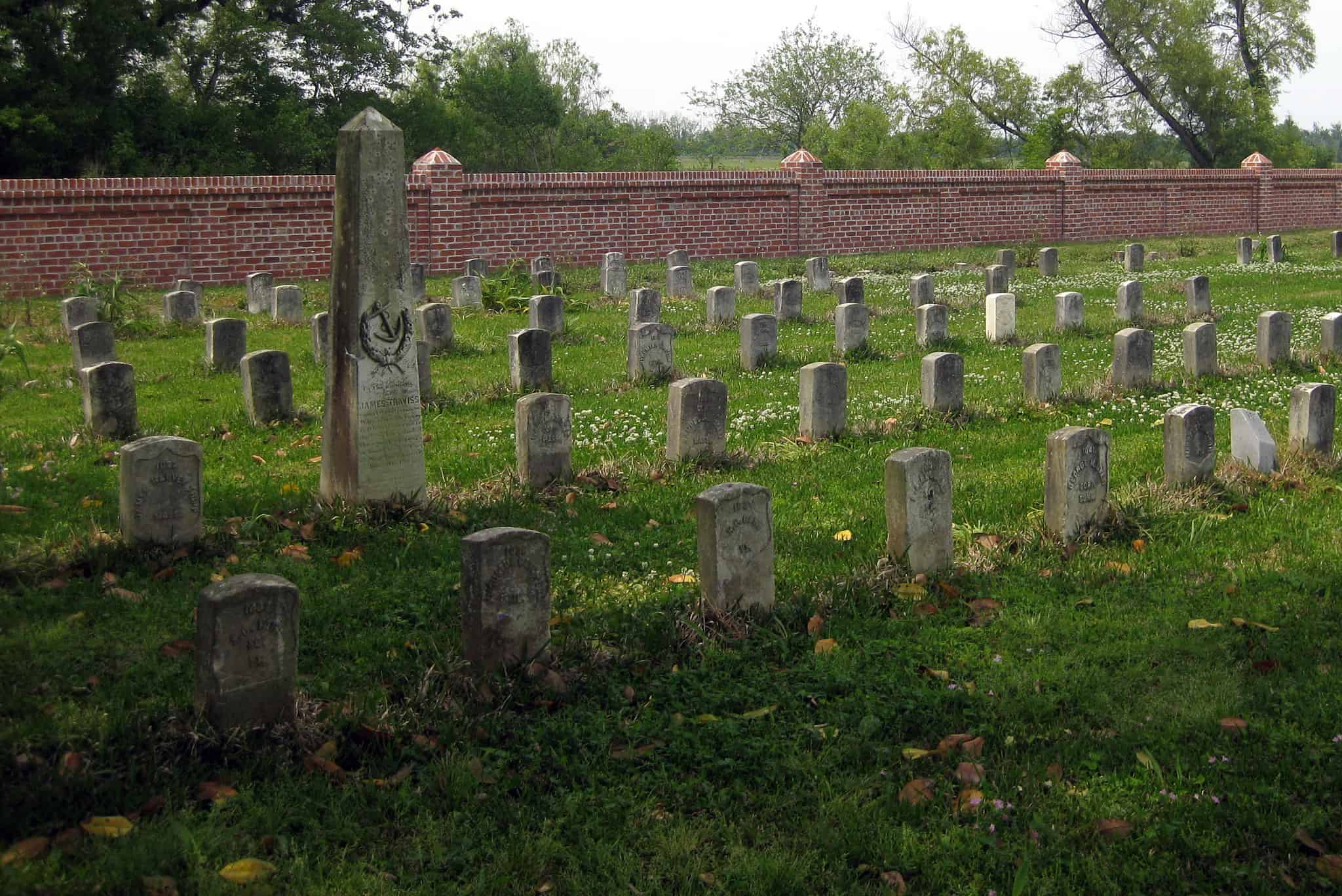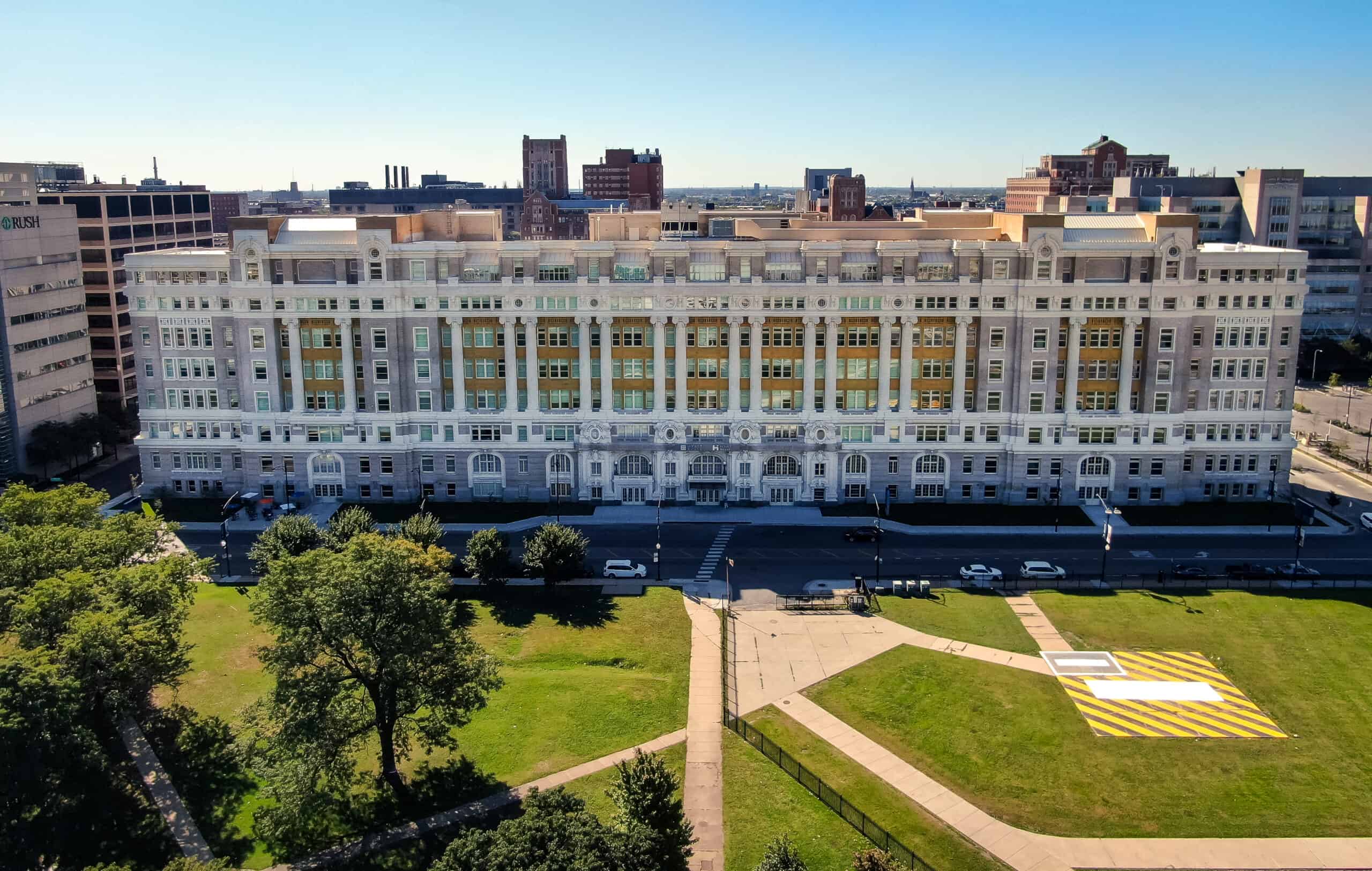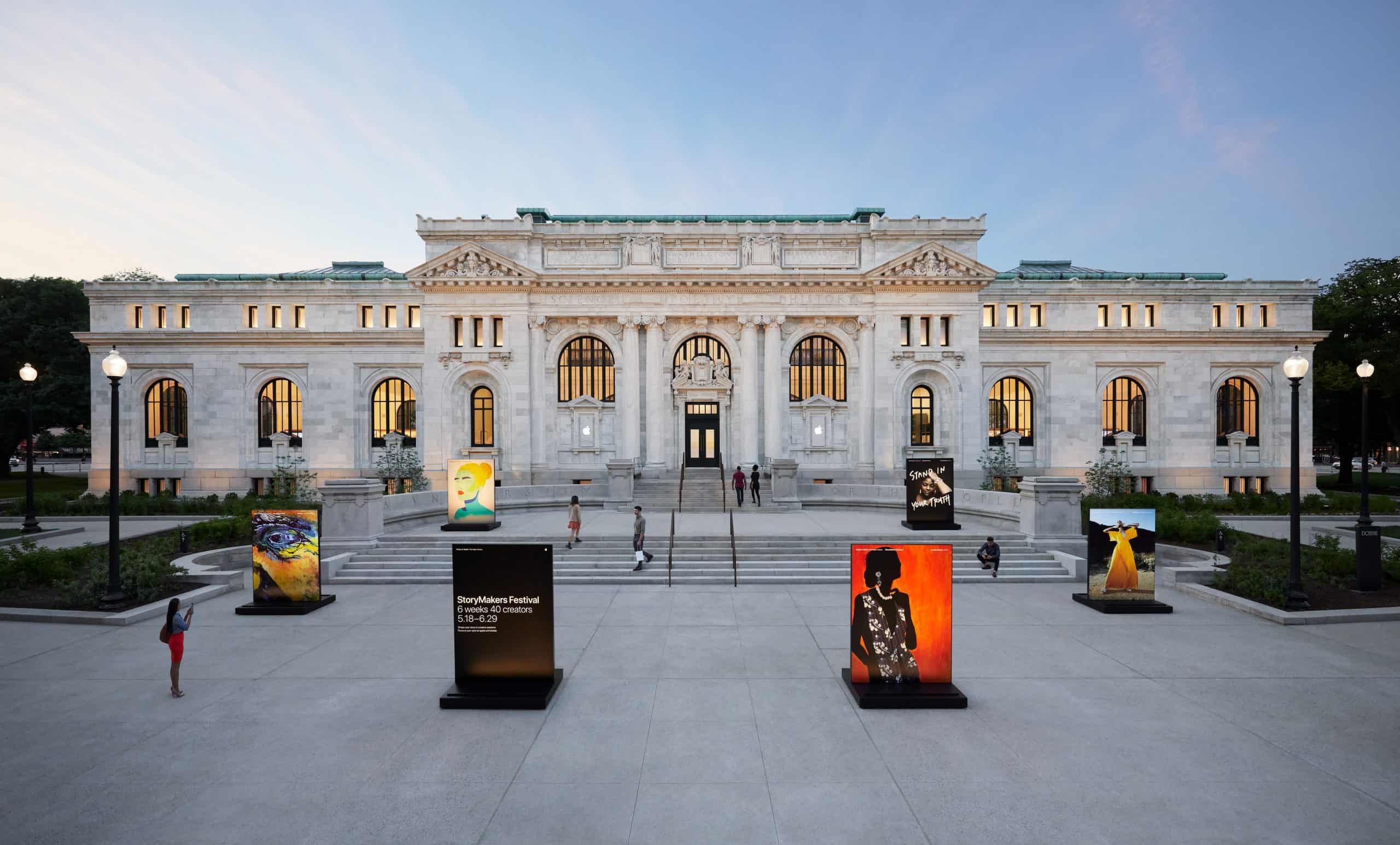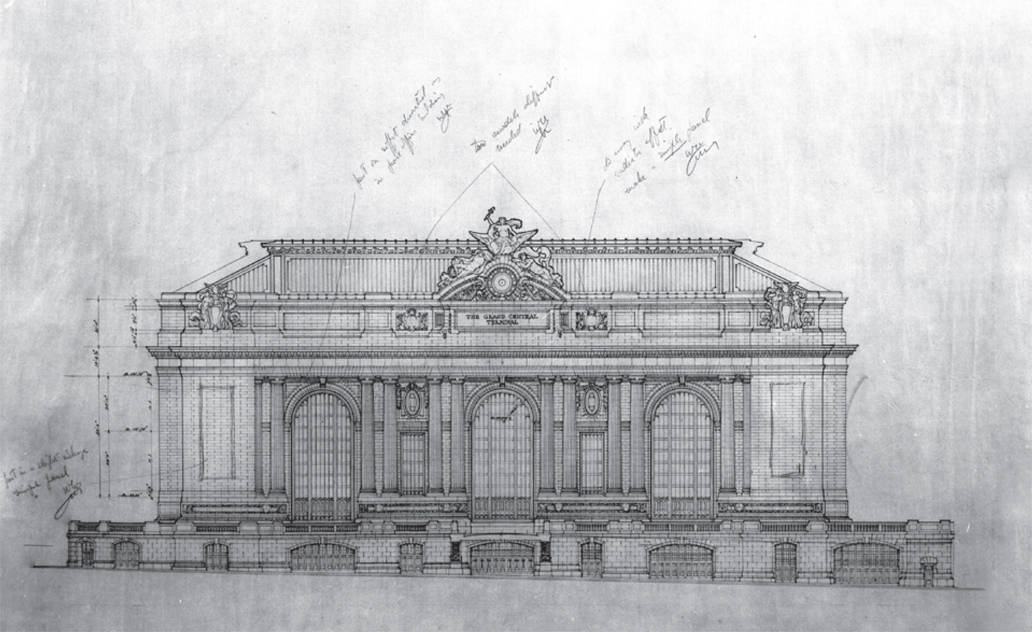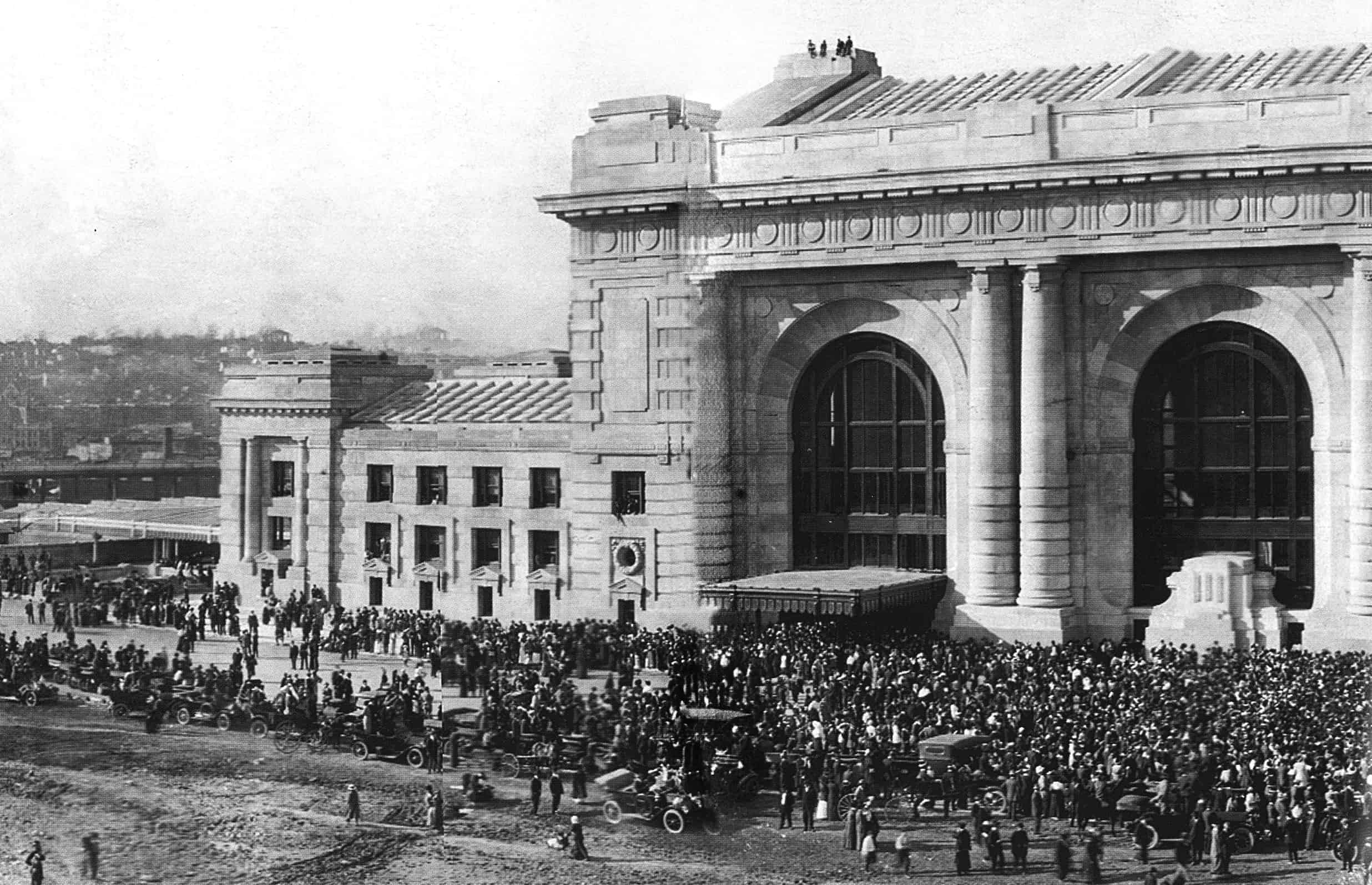Corey Thomas owes as much of his success to Pishny Restoration as the company owes him for the same.
If you take the value that Corey Thomas has provided to his employer and compare it to the confidence and trust he’s received to grow their business, it’s pretty much a scratch. Neither entity would be possible without the other – a true symbiotic relationship equally appreciated on both sides.
The story of how Kansas City-based Pishny Restoration Services came to evolve from a property management company to a general contractor specializing in historic restoration would simply not exist without Thomas’s innate curiosity. Thomas didn’t always know that he wanted to work in historic preservation either – it was his drive plus a sequence of opportunities that made it possible.

Thomas, 51, who has spent his entire adult life in some discipline within construction, started out in residential remodeling and then industrial coatings. That’s what he was doing when he first met Dan Pishny, who Thomas says is “probably the most fair and honest man I’d ever met.” Several months after working as a sub on a project for Pishny, Thomas called him up and said, “I’m ready for a change. I really like what you guys do. Can we talk?”
A few months later, Thomas was hired, and a challenge he noticed in his job right away inspired him to lead Pishny onto a brand new path.
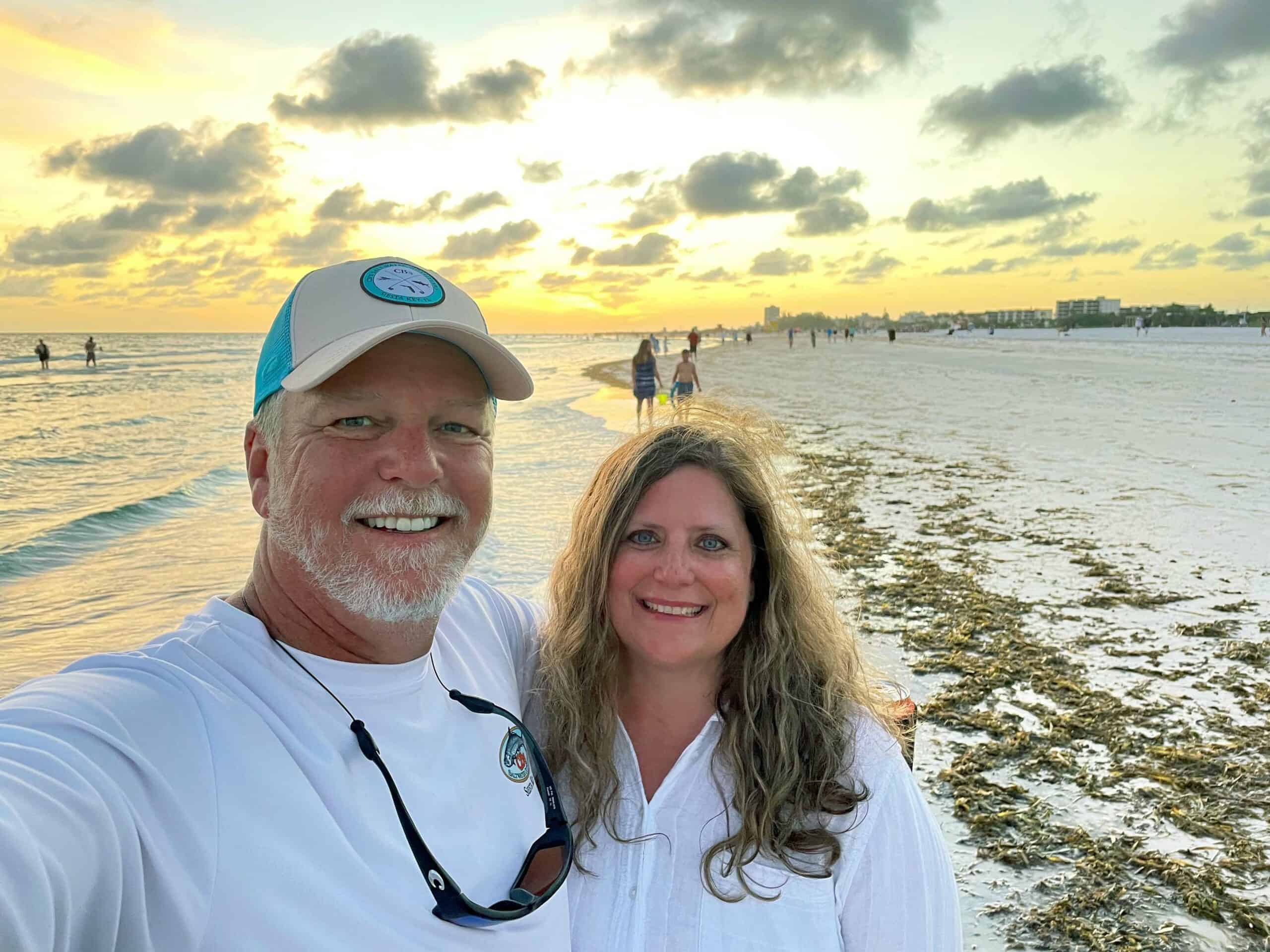
“I came aboard to go out and sell projects and I hadn’t done much in historic restoration,” Thomas said. “They were doing flood damage, fire restoration, miscellaneous things like that. We couldn’t find subs to bid projects when I was looking to bid historic restoration work. There were some historic masonry companies, but we were looking at it as a general contractor and wanting to bid the entire project. I couldn’t find plasterers or anyone who understood historic plaster or mortar formulations. Everyone wanted to gut it and start from scratch. I went to Dan and said, ‘What about historic work?’ Dan said, ‘Hey, go for it.’ Dan and (his wife) Julie gave me just tons of freedom and opportunity for education to figure it out. They said, ‘Let’s start bidding that work,’ and that’s exactly what we did.”
Knowing what you don’t know
In the journey to help Pishny grow into historic restoration work, Thomas already had an advantage – he was intelligent and humble enough to know what he didn’t know, and he knew where he needed to go to find out.
He started diving into the world of historic preservation, including briefs from the National Park Service (which has oversight on historic registry projects), and especially Brief No. 2, which specifies historic masonry.
"I was the type of person growing up, that if I didn’t understand how something worked, I had to figure it out.”
“Within that brief, there’s a lot of great information on historic buildings and mortar formulations,” Thomas said. “I downloaded and read it, and I still didn’t fully understand it.”
What he did notice was the name of the co-author of the brief -- John Speweik. He researched the name and found out Speweik worked for the U.S. Heritage Group in Chicago, which makes historic mortar formulations, lime washes and stone patching materials. Thomas called him up.
“He said, ‘I can come to you and teach your guys, or you can send them up to me.’ We brought him in to train our guys to be historic masons.”
Another time, Thomas attended a preservation conference in Missouri and heard from an expert in historic plaster named Rory Brennan. He decided to ask him about a unique project – an 1860s-constructed military fort at Fort Larned in Kansas, with a puzzling plaster challenge.
“It had a tremendous amount of plaster restoration and we had no idea what we were doing,” Thomas said. “The parks service called for us to go in and rip all the plaster out and put new plaster in. A lot of the plaster was intact but had lost its keys (attachment to the wood lathe behind it in the wall). But the plaster was just lime, sand and horse hair or cattle hair. To rip all that out and get rid of it would have been a major loss of a historic material.”
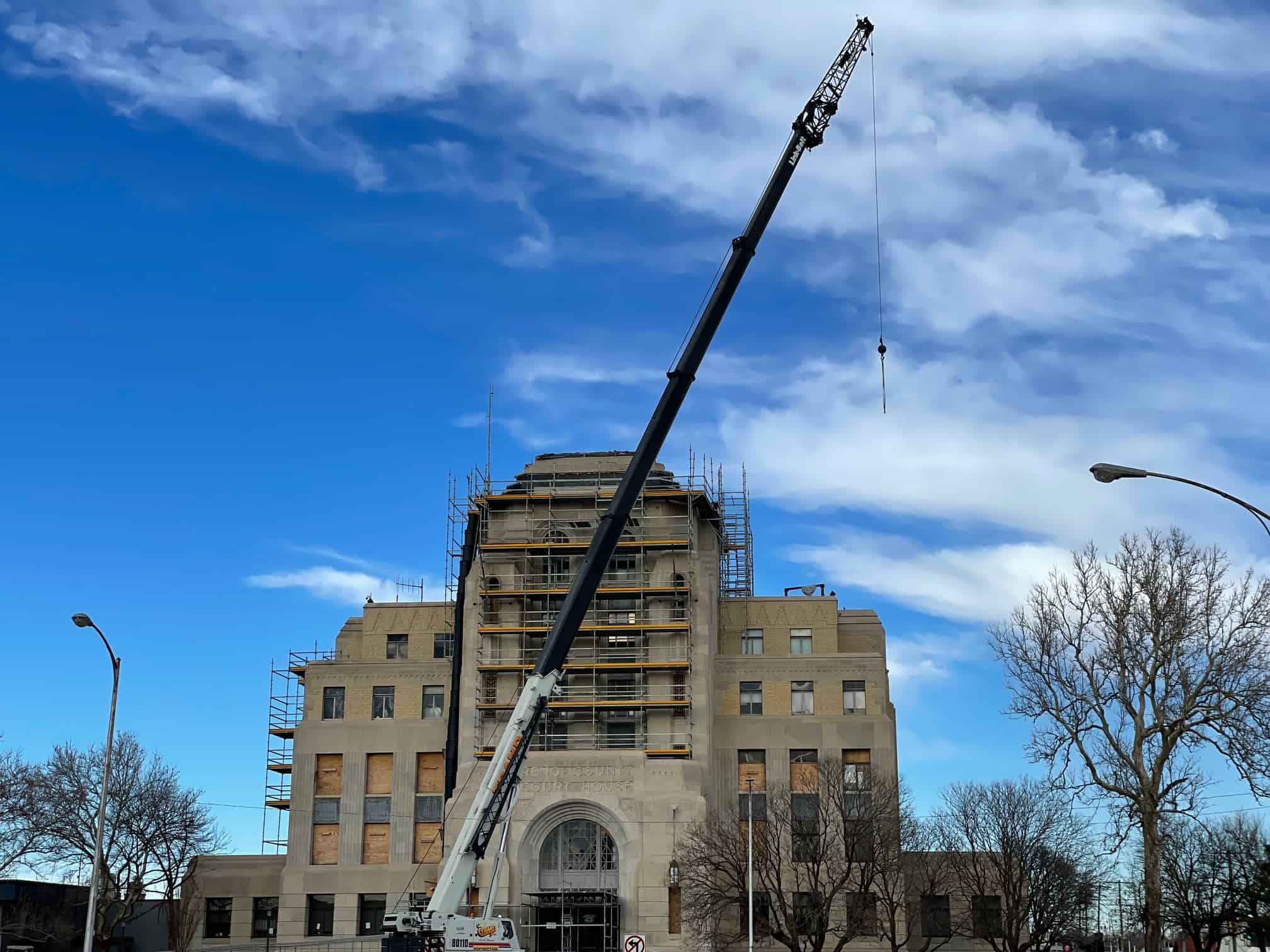
At the conference, a conversation between Thomas, Dan Pishny and Rory Brennan about a method to reattach the original plaster back to the wood lathe turned into a job for Rory, a solution on the project and a newly skilled crew for Pishny.
“We hired him and flew him down from Vermont to work with our guys, and now we had a historic plaster crew,” Thomas said. “This is how we’ve built the company to where we are. It’s really a story of just knowing what you don’t know and leaning on experts in the industry to get your knowledge. You need to be humble to know you don’t know all the answers.”
A perfect fit
Thomas will tell you that there’s no other discipline within construction that’s better suited for his personality and strengths than restoration. It feeds something inside that’s been there since he was little.
“As a child, I would find myself just wandering through construction sites,” he said. “I loved seeing foundations put in, or at the framing stage. When you live in these structures, you don’t necessarily understand what’s behind the walls. I was the type of person growing up, that if I didn’t understand how something worked, I had to figure it out.”
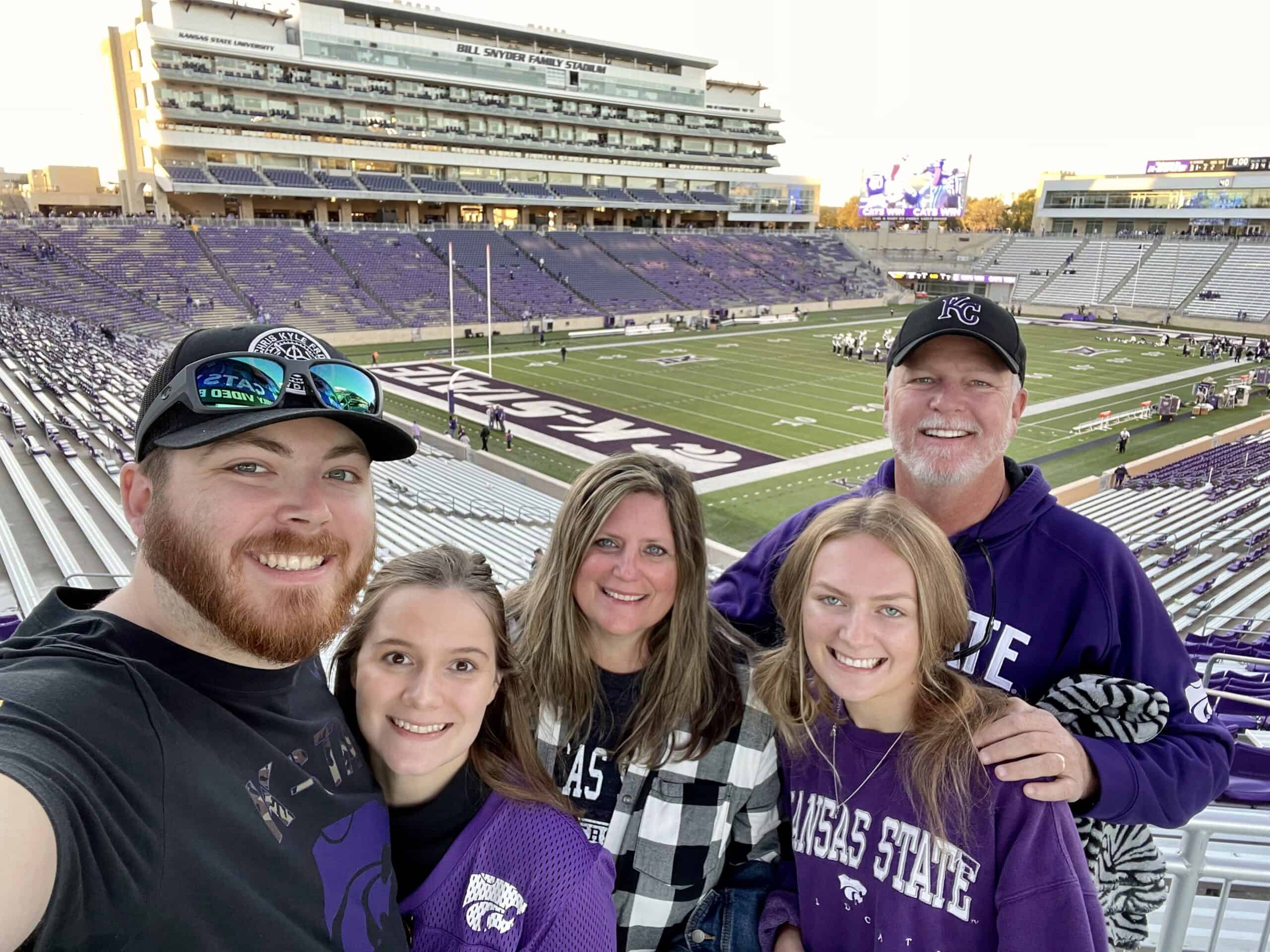
In a building in need of repair, Thomas finds himself at times scrutinizing each detail and clue as though he’s doing CSI work.
“Preservationists and people in this field spend a lot of time in buildings scratching their heads and going, ‘Why did they do that? There’s a shadow line here, did it used to be a wall?’ All of that is really interesting to me. I can’t imagine being in a construction field where you’re putting up a new CVS Pharmacy every six months. In my career over the last 30 years, I have done a good amount of job-hopping and it was really clear to me with Pishny that I didn’t want to go anywhere else. This is where I belong.”
Thomas’ intense curiosity and need to understand how things work of course benefitted Pishny too – restoration has defined the firm’s growth for more than a decade.
“Dan and Julie Pishny originally owned properties and managed them, then they found that there was a need for fire and restoration, so they started there,” Thomas said. “Then it turned into historic restoration, and we haven’t done anything but historic restoration for probably 13 years now. It’s definitely more profitable. It’s high-risk, high-reward.”
How so?

Thomas explains that in historic restoration, the contingency clauses tend to be double the standard due to the sheer nature of repairing existing buildings – there are many more unknowns compared to new construction.
“An architect can do an amazing job in drawing up plans for a historic building, but until you start getting into it, you don’t know what you’re going to run up against,” he said. “A lot of projects will have a 10% contingency. On historic restoration, the standard is 20% to account for these unknowns. However, I can count on one hand the number of times I’ve gone back to an owner and asked for more. The building owner and architects are relying on us to know what we’re looking at. I will never bid a project off a set of plans and specs. I have to go look at it. You can’t anticipate what might be behind that door or what kind of condition this wall is going to be in once we start tapping on it. We anticipate that in our contract price and ask the owners to take the pain up front.”
Of course, that means that Pishny is rarely the lowest price tag on bid day, but Thomas trusts the right owners will realize the value of what he brings to the table – high quality and due diligence on estimations.
“This is a business where you get what you pay for 100%,” he said. “We’re not the cheapest, but I can tell you that there have been many times where partway into a project, we receive a call that they’ve fired the contractor ahead of us and want to bring us in.”
"I like to say that we undo other people’s good intentions. You have to respect the fact that someone cared enough to do something. They were doing the best they could with the knowledge they had.”
Giving more back to the field
Here’s something else Thomas brings to his job everyday -- an immense respect for preservationists of all kinds and from all eras, and their motives.
“I like to say that we undo other people’s good intentions,” he said. “It’s really easy to point at something and say it’s shoddy, or it’s not the right materials. In some cases, without those band-aids, those buildings wouldn’t even be standing today. You have to respect the fact that someone cared enough to do something. I don’t want to trash talk that type of work. They were doing the best they could with the knowledge they had.”
Thomas also believes that sharing knowledge and attracting more people to restoration trades is critical for the future of the field. For years, Thomas has been an enthused presenter and supporter of workshops and training events to educate industry newcomers on best practices, restoration materials, and hands-on demos.

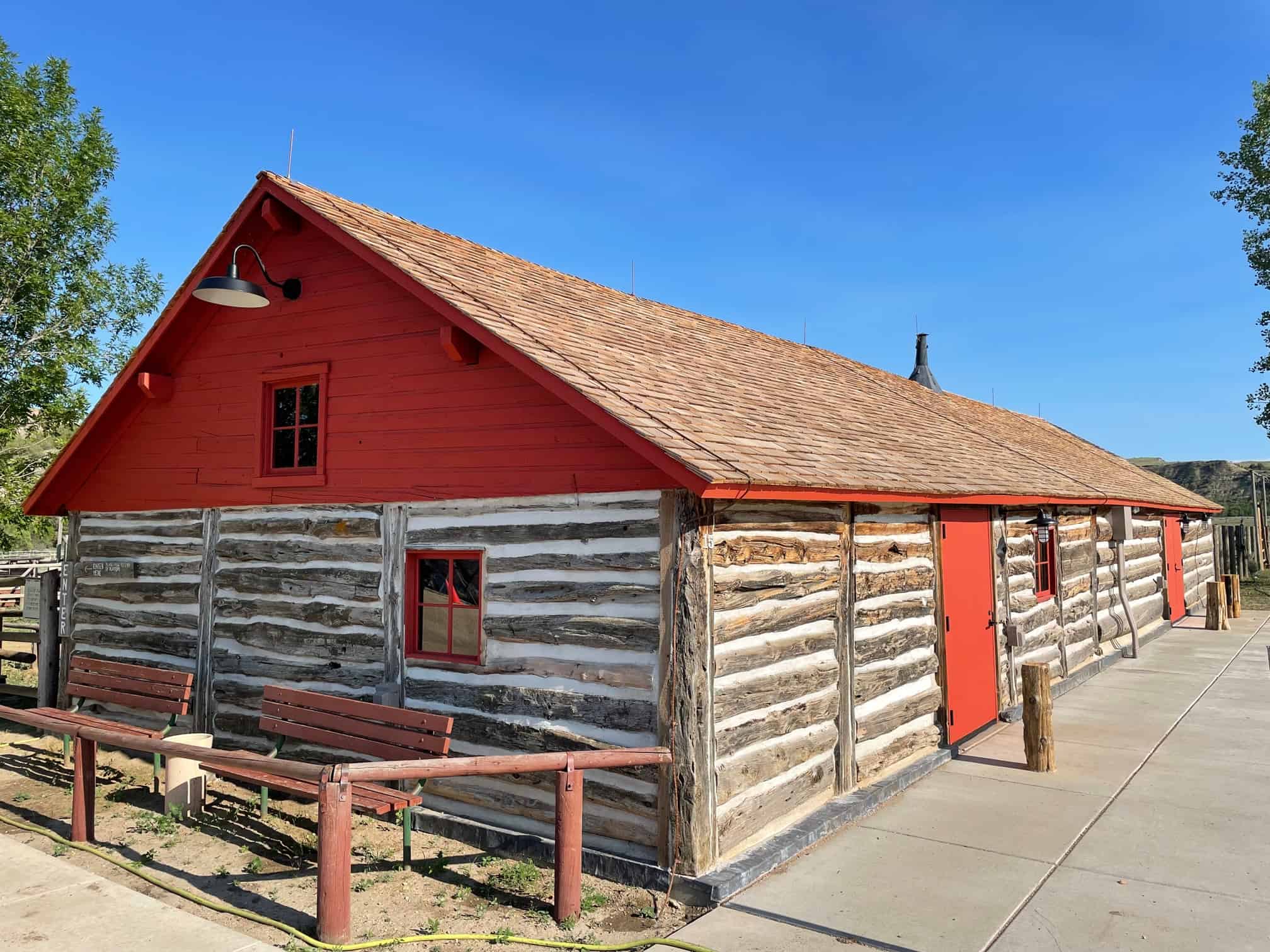
He’s given workshops in collaboration with the Kansas Historical Society, the Missouri Alliance for Historic Preservation, and to local volunteer groups at cemeteries, just to name a few.
“We can’t just hold the information internally,” he said. “There are too many buildings out there. The workshops are worth it even if it’s only to educate people so they understand what good work looks like. Are they going to know what materials to use?”
Many of his trainings focus on mass masonry; the way it breathes, takes on moisture and releases moisture; the proper application of historic mortar; and most importantly, he says – the why behind the what.
“So many times, I see foremen and supers who just tell people what to do all day,” he says. “You have to take the time to teach them why we’re doing it a certain way so it sticks. When someone understands why, they’re going to do it that way. If you just tell them what to do, human nature is to find a way to do it faster or cheaper, or in their mind a better way than what they’re told. If you understand the why, you’re more likely to continue to do it that way. That’s how we create skilled craftsmen.”
"If you’re willing to show up and show an interest and learn, you’ll never have a day without work.”
Recognizing the serious need for more craftsmen in the restoration business has led Thomas to inquire about additional forays into trade and technical schools to organize a track specific to historic restoration and preservation.
“I have concerns about the labor force being able to produce the work, and you’re hearing this all across the country,” he said. “I hope to see more outreach to communities with technical schools. In a lot of these schools, they’re exposed to construction on a high level, maybe residential construction. But there’s no historic preservation discussed in those trade programs out there. I’d like to integrate a small component to make them aware there’s this other facet of construction.”

“If you don’t like framing a house, maybe you’d like preserving a building with a story behind it that’s 100 years old. Maybe you’re not interested in a typical college route. We need historic preservation represented. We need more people on our side.”
Construction as a career choice should be an easy sale, Thomas believes, because construction offers so many advantages without a lot of pre-requisites.
“If you’re willing to show up and show an interest and learn, you’ll never have a day without work. You’ll always be employed. The future is in these services and trades. And as far as a stable career, the work is there. The job satisfaction is there. The money is there. And when you can look back at what you’ve accomplished that day, there’s something that comes with that. We’ve all had days when you didn’t feel productive, but the days where you’ve accomplished something you can see and touch, it’s a different feeling.”
"The future is in these services and trades. And as far as a stable career, the work is there. The job satisfaction is there. The money is there.”
The end is not near
Thomas plans to chase that feeling for as long as it will last.
“I’ll never retire,” he says. “As long as I’m enjoying doing what I’m doing, I’ll never retire. I don’t see myself being a road warrior in my 80s necessarily, but maybe a consultant later in life. I’d like to remain active in the field.”
Thomas and his wife, Lisa, are empty-nesters now in their home out in the country near Paola, Kan. Without Lisa’s strong support for his career, Corey knows his success wouldn’t have been possible. Their son, Tanner, just graduated from Kansas State University in Manhattan, Kan., with a degree in mechanical engineering. Tanner has turned a hobby (long-range shooting with his father) into a career – he works for a company that makes shooting accessories and has his name associated with a couple patents already.
Their daughter, Grace, just wrapped up her freshman year at Kansas State majoring in fashion studies with dreams of becoming a fashion buyer.
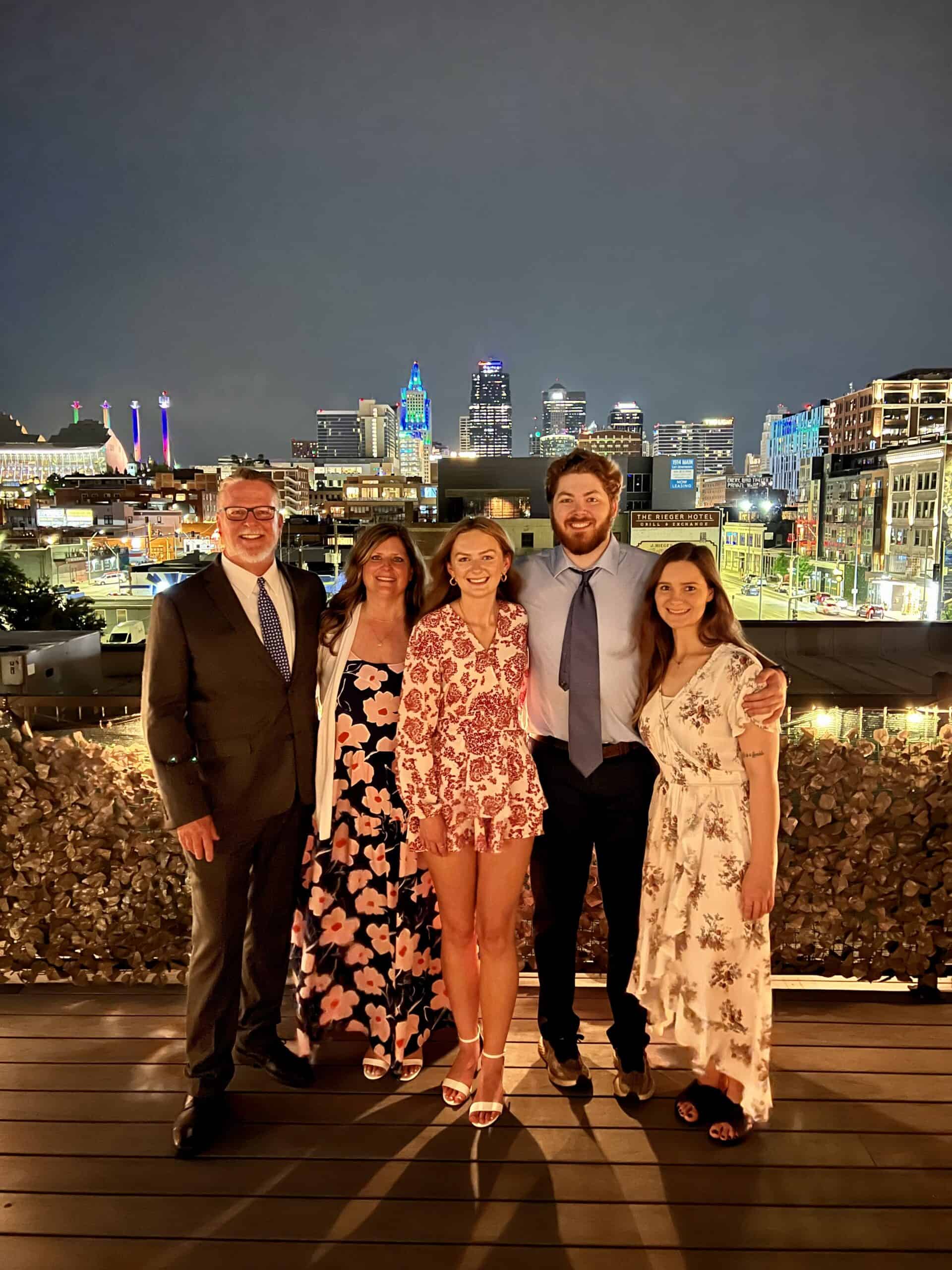
For Thomas, he’s keeping his sights on what he does the best and loves the most – restoring buildings and working to advance his knowledge, and Pishny’s market position, as far as it will go.
“We will entertain projects anywhere in the country,” he says. “We’ve done work from North Dakota all the way south to Texas, Louisiana. Border to coast. What I find is there’s no substitute for experience and I can’t hire someone to do what I do that has the experience that I have. They just don’t exist. It’s a unicorn. My company has paid to get my knowledge to where it is today, so we are going to capitalize on it through steady growth doing projects across the country.”
“Our goal is to be seen as the expert in historic restoration industry with regards to contracting, and that’s nationwide. Down the road, I want historic preservationists and architects to all know our name, and to look at us as the expert in the industry.”
![]()
